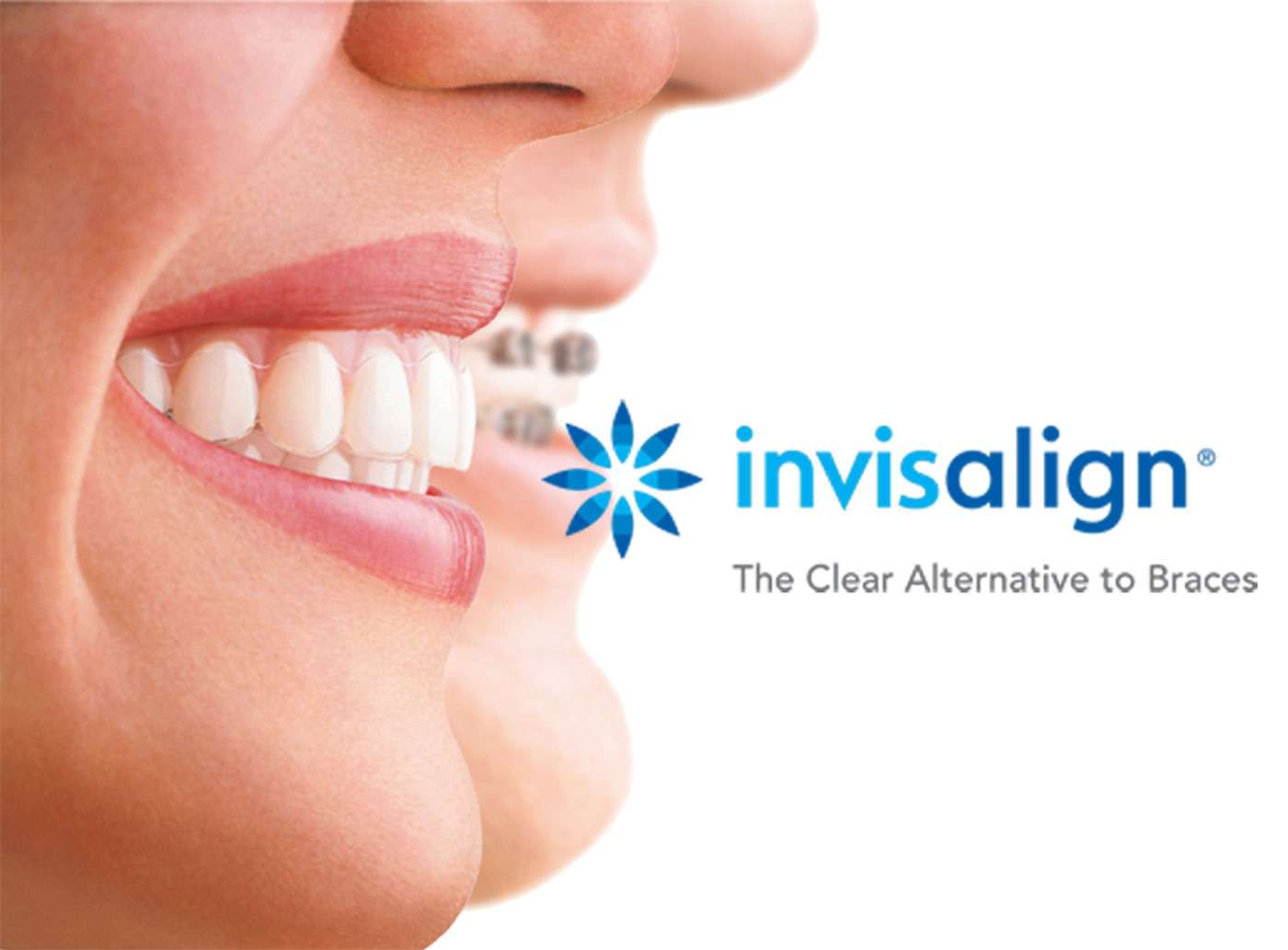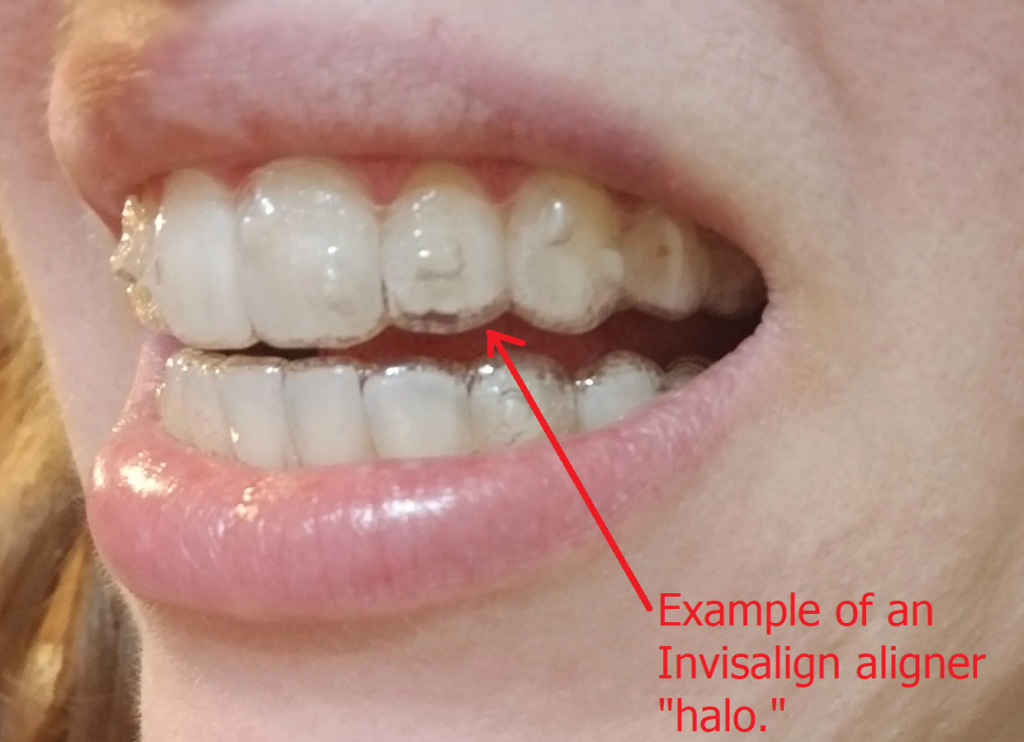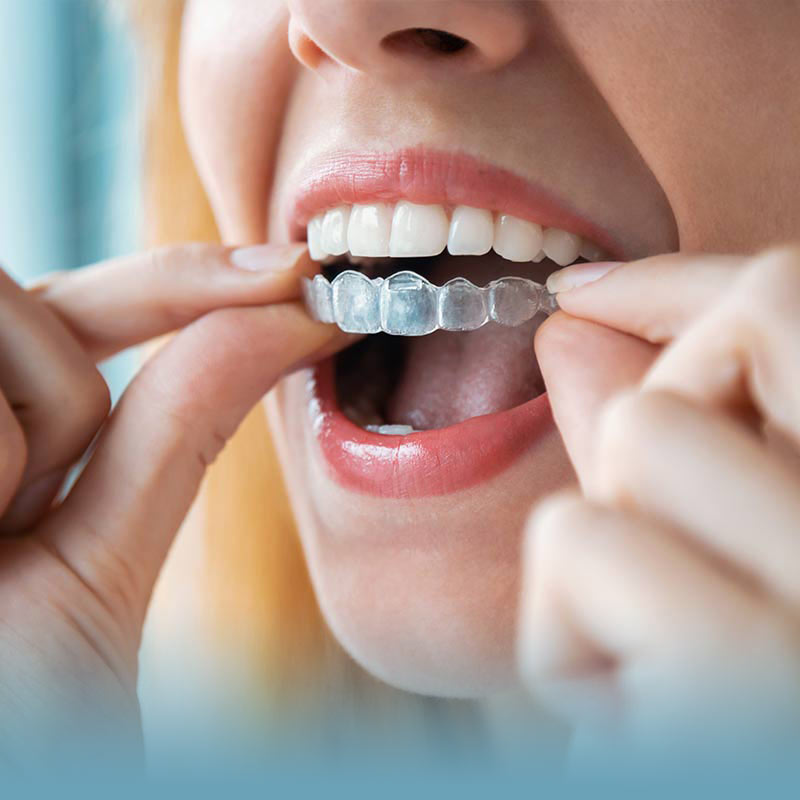Invisalign for Teenagers: A Modern Solution to Straightening Young Smiles
Invisalign for Teenagers: A Modern Solution to Straightening Young Smiles
Blog Article
Invisalign vs. Standard Dental braces: Which Option Is Right for You?
When taking into consideration orthodontic treatment, the selection in between Invisalign and conventional dental braces presents a number of essential elements that warrant careful evaluation. Invisalign provides a very discreet alternative with detachable aligners, while conventional braces provide an extra noticeable yet efficient remedy for severe misalignment.
Review of Treatment Options

In comparison, traditional dental braces contain steel braces and cords that are adhered to the teeth. This method uses continuous pressure with time to achieve positioning. While reliable for complex orthodontic issues, standard dental braces require routine gos to for changes and can posture difficulties in maintaining dental hygiene as a result of the difficulty of cleaning around braces and wires.
Both choices have their values, and the selection commonly depends upon specific oral problems, way of living preferences, and patient conformity. Inevitably, seeking advice from an orthodontic specialist is important for determining the most appropriate therapy strategy customized to private requirements. Comprehending the subtleties of each alternative can significantly influence the overall success of orthodontic treatment.
Visual Considerations
A substantial variable affecting the option between Invisalign and traditional dental braces is the aesthetic allure each therapy uses. Invisalign aligners are crafted from clear plastic, making them essentially unnoticeable when put on.
On the other hand, conventional dental braces consist of metal braces and cables, which can be more recognizable. While developments in orthodontic technology have actually led to the development of smaller braces and colored elastics, conventional dental braces still preserve an even more obvious profile. For some individuals, the visibility of dental braces may deter them from looking for necessary therapy.
Ultimately, the option in between Invisalign and conventional dental braces may rest on individual preferences pertaining to aesthetics. Patients that focus on discretion commonly lean toward Invisalign, while those that are much less worried concerning visibility might choose conventional dental braces. Understanding the visual ramifications of each choice is essential for making a notified choice that aligns with one's lifestyle and preferences.
Comfort and Convenience

In terms of benefit, Invisalign aligners are removable, making it possible for clients to enjoy their favorite foods without constraint and keep ideal oral health. Cleaning and flossing are simplified, as the aligners can be secured throughout these routines, whereas traditional dental braces need careful steering around braces and wires.
In comparison, standard braces require normal adjustments, making them less practical for those with active timetables. Generally, the convenience and benefit of Invisalign make it an enticing choice for numerous people seeking orthodontic therapy.
Treatment Period and Performance
While both Invisalign and conventional dental braces work in fixing oral imbalances, the duration of therapy can differ considerably in between both options. Normally, Invisalign therapy can take anywhere from 12 to 18 months, depending upon the intricacy of the case. The clear aligners work by slowly moving teeth right into their wanted positions, and regular follow-ups with an orthodontist aid ensure progress stays on course.
On the other hand, traditional braces frequently need a longer commitment, normally varying from 18 months to 3 years. This results from their set nature and using braces and cords, which can be extra reliable for extreme imbalances and intricate instances (Invisalign). The treatment effectiveness of conventional braces is well-documented, as they enable precise adjustments and better control over tooth motion
Eventually, the option between Invisalign and conventional braces might pivot on both the expected therapy duration and the specific dental concerns at hand. Consulting with an orthodontist is vital, as they can supply customized recommendations based upon individual needs, ensuring the picked approach lines up with preferred outcomes and timeframes.
Expense Comparison and Insurance Policy Choices
Cost plays a significant duty in the decision-making process for individuals taking into consideration orthodontic therapy, whether opting for Invisalign or traditional dental braces. Generally, the cost of Invisalign arrays from $3,000 to $8,000, while standard braces typically set you back between $2,000 and $6,000. Variables influencing these costs consist of the complexity of the situation, the duration of therapy, and geographical location.
Insurance policy coverage can significantly affect out-of-pocket expenses. Lots of oral insurance policy plans provide partial coverage for orthodontic therapies, however the specifics can differ widely. It is critical for individuals to review their insurance plan to figure out the level of protection for either alternative. Typically, standard braces may be a lot more frequently covered by insurance coverage strategies compared to Invisalign, which some insurance companies classify as a cosmetic procedure.
Additionally, a number of orthodontic methods supply adaptable layaway plan, making both therapy choices extra accessible. Clients ought to ask about prospective funding alternatives and discount rates why not try this out for ahead of time payments. Assessing the complete cost, consisting of insurance coverage advantages and payment plans, is important for making an informed choice that aligns with both visual choices and spending plan factors to consider.

Verdict
In summary, the choice between Invisalign and traditional braces depends upon numerous variables, consisting of visual choices, comfort, treatment duration, and price. Invisalign supplies a very discreet, detachable choice that helps with oral hygiene and dietary flexibility, while typical dental braces might be preferable for complex oral concerns and frequently come at a reduced cost point. Ultimately, appointment with an orthodontist is important to analyze private conditions and identify one of the most ideal treatment option for attaining optimal dental positioning.
When thinking about orthodontic treatment, the selection between Invisalign and traditional dental braces presents numerous crucial factors that warrant cautious assessment.Contrasting Invisalign and conventional dental braces exposes distinctive treatment alternatives for orthodontic modification.While both Invisalign and traditional dental braces are effective in dealing with dental imbalances, the duration of treatment can differ substantially in between the useful link two options.Price plays a considerable duty in the decision-making process for people considering orthodontic therapy, whether opting for Invisalign or conventional dental braces.In summary, the selection between Invisalign and standard dental braces hinges on several variables, consisting of aesthetic preferences, convenience, that site therapy duration, and expense.
Report this page